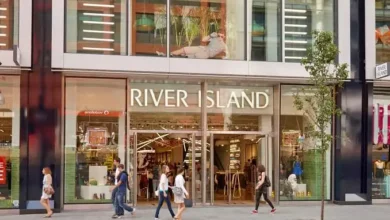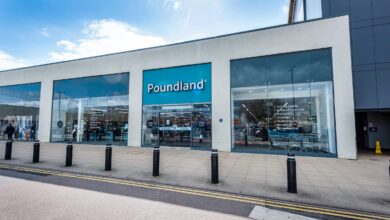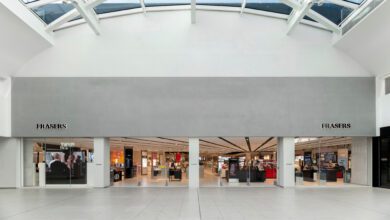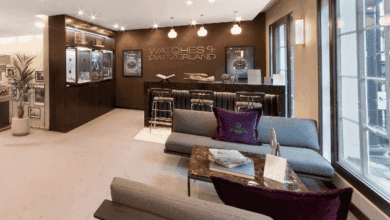Superdry returns to FY profit amid restructuring plan
This was largely driven by over £130m in SG&A savings, targeted cost reductions, and impairment reversals linked to lease modifications

Register to get 1 free article
Reveal the article below by registering for our email newsletter.
Want unlimited access? View Plans
Already have an account? Sign in
Superdry has returned to profit in FY25 following a restructuring plan that included tight cost control, with pre-tax profits rising to £33.8m, up from a loss of £48.3m the prior year. This was largely driven by over £130m in SG&A savings, targeted cost reductions, and impairment reversals linked to lease modifications.
Following planned store closures, a “disciplined” approach to discounting, and a restructured wholesale network, revenues for the year fell to £374.6m, compared to £488.6m in FY24.
Despite the softer top-line sales, Superdry reported a gross margin of 58.2%, up 3.2%, supported by reduced markdown activity and a more profitable channel mix.
Key measures from the group’s full restructuring plan included: rent reductions across 36 UK stores; the extension of debt facilities with Bantry Bay Capital and Hilco Capital to June 2027; a £10m equity injection in June 2024 and a further £4.3m raised in September 2025; and the closure of 47 stores and renegotiation of lease terms across the UK estate.
As part of this, it has also reduced its inventory by 9.2%, down to £72.3m, whilst continuing to invest in brand elevation and digital platforms.
It also underwent a full-scale rebrand under Superdry and Co, unveiling a new logo and refreshed store formats.
Looking ahead, Superdry said it expects further operational benefits from its “streamlined” cost base and “renewed focus” on full-price trading going into FY26.
It added that store like-for-like sales are expected to improve as the impact of the Superdry rebrand takes hold.
Julian Dunkerton, CEO, said: “FY25 has been a transformative year for Superdry. We have taken the tough but necessary decisions to reset the business, rebuild our margins, and restore financial stability.
“Our focus on design, quality, and sustainability is beginning to resonate again with customers. While the retail environment remains uncertain, we are emerging leaner, more disciplined, and better positioned to grow profitably.”







